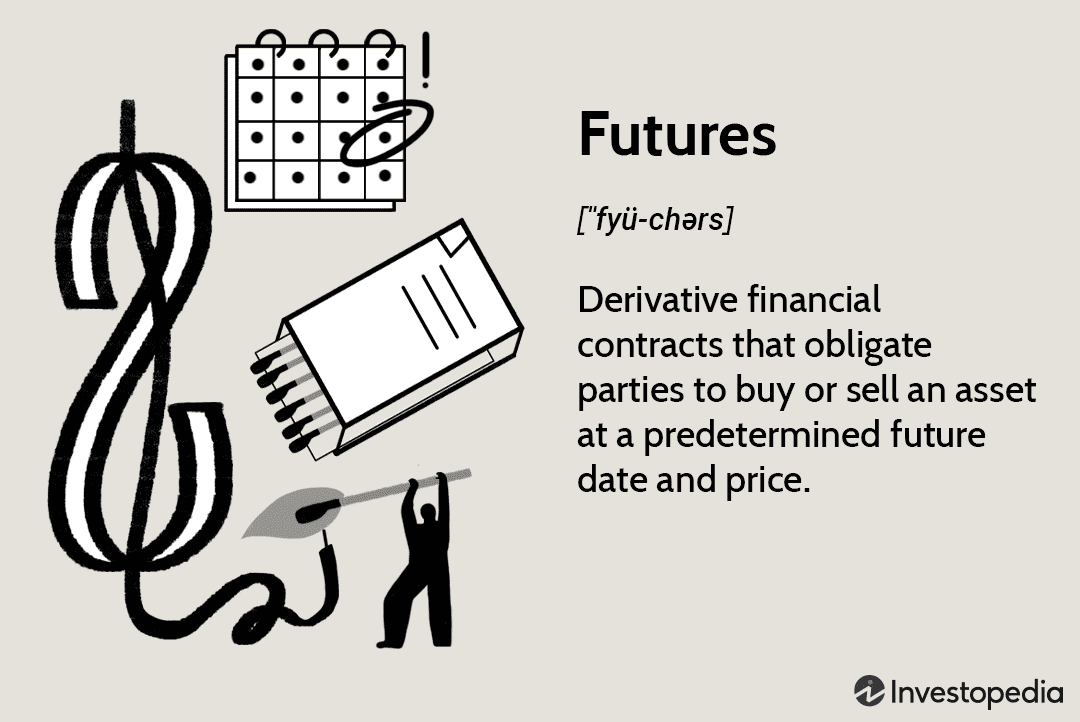
Many countries and brokers have reduced their forex leverage up to 30-1, but 100-1 is the most commonly used leverage. This allows you to buy more, which increases both your profits and decreases your losses. A trading account that has 100:1 leverage can allow you to hold currency positions of up to $10,000. This makes trading more risky. Here are some tips to increase your leverage. You must remember to limit your leverage!
High leverage
The term high forex leverage is used to describe the trading strategy of using a large amount of money to trade in one currency pair. This refers to the fact that traders can make large profits and lose large amounts of money by using high leverage. This means that an investor can trade $5000 for ten dollars if they have a one-dollar position with leverage of 100. High leverage is part of the contract between the broker and client. Forex trading in this form is very popular as it gives investors more control over their money.

It is important to exercise caution when trading high forex leverage. First, ensure that you trade with a licensed broker. IFSC-regulated brokers offer the best options for traders who wish to use high forex leverage. Leverage can amplify profits or losses, but it also increases the risk associated with trading. You should not use more than 100 percent leverage to trade a currency pair.
Optimal leverage
Forex leverage refers to the maximum amount you can trade with. This can be up to a factor of 100 and is based on your deposit size. To control trades worth up to $200,000, leverage is 1:100 in a forex account. You can leverage 1:100 to increase your deposit if you only have $100. To increase your deposits, leverage may be used if you have a larger deposit than $100.
Your trading experience and your funds will determine the optimal forex leverage. Generally, the ratio of 1:100 to 1:200 is considered optimal for most traders. This means that if you have $500 in your account you can control a total of $50K. To prevent losing their account equity traders should use risk management rules. Reserve funds should be kept in reserve to protect your account equity from losing active trades. You can liquidate trades and avoid losses without losing your entire money.
Maximum leverage
A good rule of thumb to follow when determining maximum Forex leverage is to know what the margin requirements are for the broker you are using. Most brokers express their leverage ratio as a percentage. The minimum margin required for a trade is $100. You will therefore need to deposit at the least 100 dollars. Brokers can offer leverage ratios as high as 1:150. Remember that leverage refers to a ratio that permits traders to trade with more capital than the minimum deposit amount.

In trading Forex, the maximum leverage is usually low. This leverage is great for investors who are new to Forex trading and those who are more cautious. A low forex leverage will usually be lower than 100:1, 3:1, 5:1, 10:1 or 20:1. Many brokers in Europe have reduced their maximum Forex leverage from 100:1 to 30:1 due to regulatory reasons.
FAQ
How does inflation affect stock markets?
The stock market is affected by inflation because investors need to pay for goods and services with dollars that are worth less each year. As prices rise, stocks fall. It is important that you always purchase shares when they are at their lowest price.
What is a REIT?
A real-estate investment trust (REIT), a company that owns income-producing assets such as shopping centers, office buildings and hotels, industrial parks, and other buildings is called a REIT. These are publicly traded companies that pay dividends instead of corporate taxes to shareholders.
They are similar in nature to corporations except that they do not own any goods but property.
What is a "bond"?
A bond agreement is an agreement between two or more parties in which money is exchanged for goods and/or services. It is also known as a contract.
A bond is typically written on paper, signed by both parties. This document details the date, amount owed, interest rates, and other pertinent information.
When there are risks involved, like a company going bankrupt or a person breaking a promise, the bond is used.
Sometimes bonds can be used with other types loans like mortgages. This means that the borrower must pay back the loan plus any interest payments.
Bonds can also raise money to finance large projects like the building of bridges and roads or hospitals.
A bond becomes due when it matures. The bond owner is entitled to the principal plus any interest.
Lenders lose their money if a bond is not paid back.
Why is a stock called security.
Security is an investment instrument whose worth depends on another company. It can be issued by a corporation (e.g. shares), government (e.g. bonds), or another entity (e.g. preferred stocks). The issuer promises to pay dividends to shareholders, repay debt obligations to creditors, or return capital to investors if the underlying asset declines in value.
Statistics
- Our focus on Main Street investors reflects the fact that American households own $38 trillion worth of equities, more than 59 percent of the U.S. equity market either directly or indirectly through mutual funds, retirement accounts, and other investments. (sec.gov)
- Individuals with very limited financial experience are either terrified by horror stories of average investors losing 50% of their portfolio value or are beguiled by "hot tips" that bear the promise of huge rewards but seldom pay off. (investopedia.com)
- For instance, an individual or entity that owns 100,000 shares of a company with one million outstanding shares would have a 10% ownership stake. (investopedia.com)
- US resident who opens a new IBKR Pro individual or joint account receives a 0.25% rate reduction on margin loans. (nerdwallet.com)
External Links
How To
How to Trade on the Stock Market
Stock trading involves the purchase and sale of stocks, bonds, commodities or currencies as well as derivatives. Trading is French for "trading", which means someone who buys or sells. Traders purchase and sell securities in order make money from the difference between what is paid and what they get. This type of investment is the oldest.
There are many different ways to invest on the stock market. There are three main types of investing: active, passive, and hybrid. Passive investors watch their investments grow, while actively traded investors look for winning companies to make a profit. Hybrid investors take a mix of both these approaches.
Index funds that track broad indexes such as the Dow Jones Industrial Average or S&P 500 are passive investments. This strategy is extremely popular since it allows you to reap all the benefits of diversification while not having to take on the risk. All you have to do is relax and let your investments take care of themselves.
Active investing means picking specific companies and analysing their performance. The factors that active investors consider include earnings growth, return of equity, debt ratios and P/E ratios, cash flow, book values, dividend payout, management, share price history, and more. Then they decide whether to purchase shares in the company or not. If they believe that the company has a low value, they will invest in shares to increase the price. They will wait for the price of the stock to fall if they believe the company has too much value.
Hybrid investment combines elements of active and passive investing. Hybrid investing is a combination of active and passive investing. You may choose to track multiple stocks in a fund, but you want to also select several companies. In this case, you would put part of your portfolio into a passively managed fund and another part into a collection of actively managed funds.